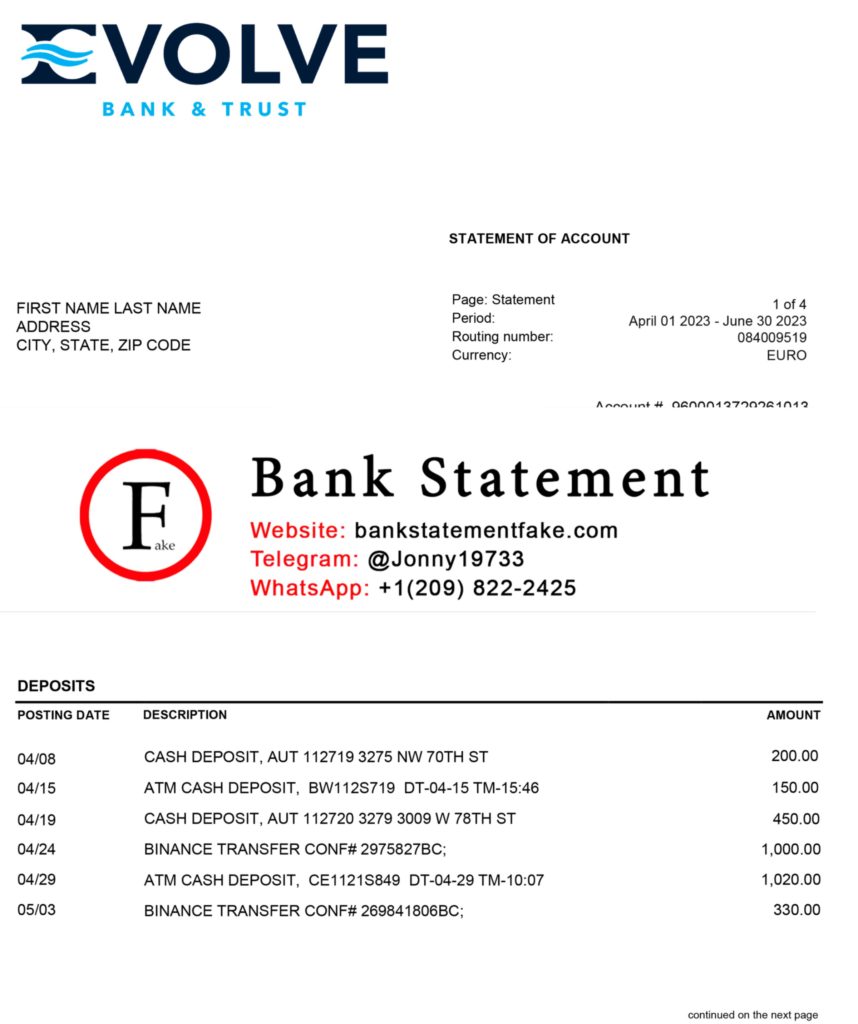In a world where financial literacy is essential, custom bank statements are valuable educational tools that enhance learning. Here’s how they support financial literacy and prepare individuals for real-world financial decisions.
Using Statements to Explain Cash Flow and Budgeting
Custom bank statements make it easy to explain key financial concepts like cash flow and budgeting. Teachers and trainers can use them to show how income and expenses impact an individual’s financial health. By categorizing transactions, students learn to track expenses and understand how small, daily purchases add up over time. This hands-on learning promotes a realistic understanding of personal finance.
Practice with Realistic Financial Scenarios
Custom statements allow students to engage in realistic scenarios, such as managing monthly budgets, tracking discretionary spending, or adjusting to an income change. Through practice, they can explore different financial challenges and learn to make responsible choices. This experience helps students build confidence and prepares them for managing real accounts and budgets in adulthood.
Teaching Financial Independence and Responsibility
Understanding how to read a bank statement is a foundational skill for financial independence. Custom statements teach students to identify savings opportunities, avoid overdrafts, and allocate funds efficiently. By learning these skills early, they become more prepared to handle their own finances and make responsible financial decisions.
Conclusion: How Custom Statements Support Financial Education
Custom bank statements are a valuable resource for financial literacy programs. They provide a realistic, engaging way to practice essential money management skills, empowering individuals to make informed decisions and achieve financial independence.

